(ECNS) -- Chinese researchers have uncovered that eukaryotes originated around 2.72 billion years ago, earlier than the Great Oxidation Event, providing valuable insights into the evolutionary history of eukaryotes.
The findings were published in Nature on Wednesday.
The research team, composed of scientists from the East China Normal University, spent six years collecting sediment samples from salt marshes and mangrove wetlands across China.
Using techniques in computational biology, the team found that eukaryotes evolved before the diversification of all sampled Heimdallarchaeia.
A previous study suggested that eukaryotes are nested within Heimdallarchaeia, but their exact phylogenetic placement within Asgard archaea remains controversial.
The research team constructed a dataset containing 411 Asgard genomes. By analyzing the expanded genomic sampling of Asgard archaea leveraging sophisticated phylogenomic approaches, including recoding of alignments, use of complex site-heterogeneous evolution models in maximum likelihood (ML) and Bayesian inferences, and reduction of rate heterogeneity, it robustly placed eukaryotes within the Asgard archaea as a sister clade to Heimdallarchaeia.
By applying ancestral reconstruction together with molecular dating, the timescale and metabolic traits of the last Asgard archaea and eukaryote common ancestor (LAECA) were delineated about 2.72 billion years ago.
The findings have challenged the previous conclusion and support the hydrogen hypothesis of eukaryogenesis, which posits that eukaryotes arose from the fusion of a H2-consuming archaeal host and a H2-producing protomitochondrion.
Understanding the formation mechanism of eukaryotes holds profound implications for comprehending the laws of biological evolution, biodiversity, disease mechanisms, and even the search for extraterrestrial life, the team said.
Next, it will seek more Heimdallarchaeota genomes from coastal wetland resource banks to carry out related research on their ecological functions and physiological metabolic characteristics.
(By Zhang Dongfang)










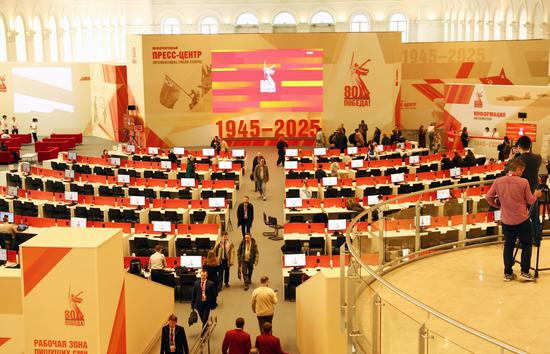







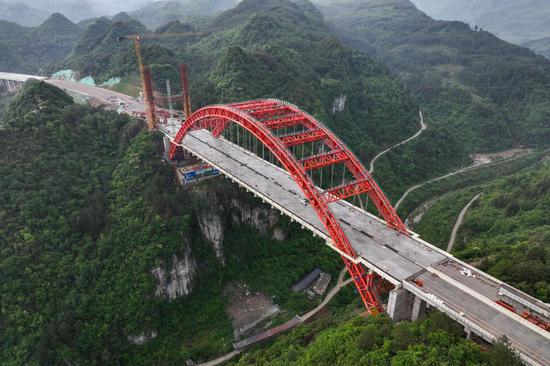


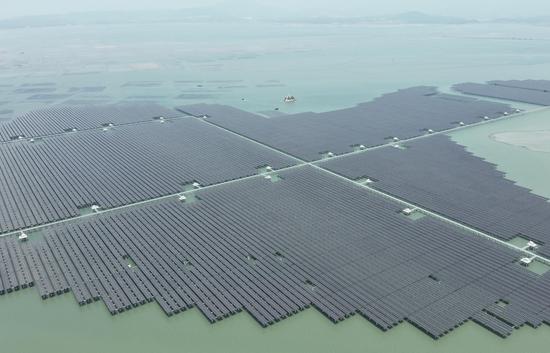





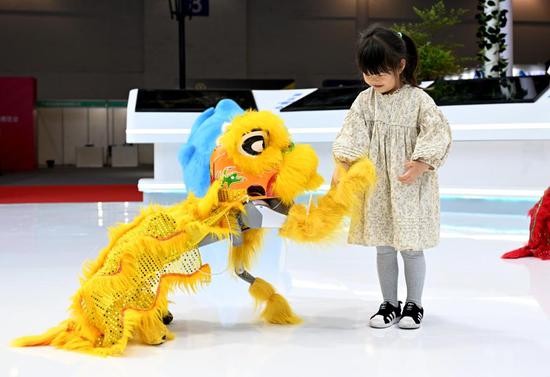






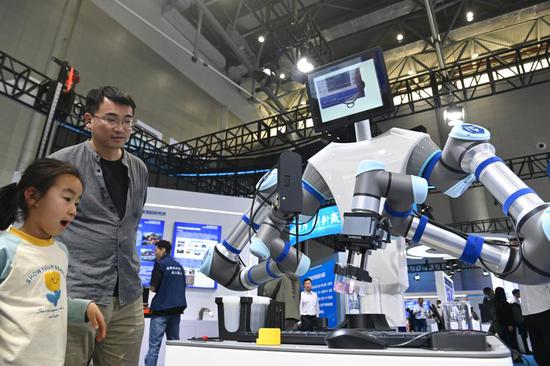






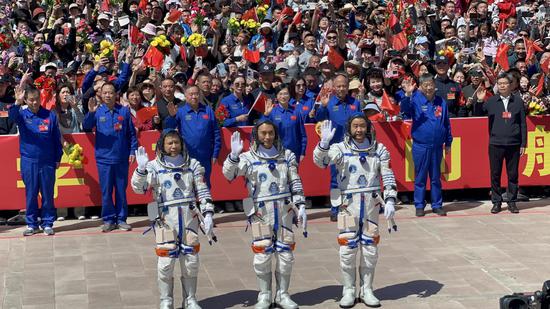

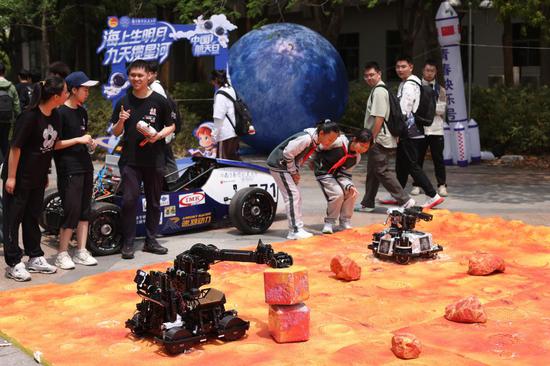






 京公网安备 11010202009201号
京公网安备 11010202009201号